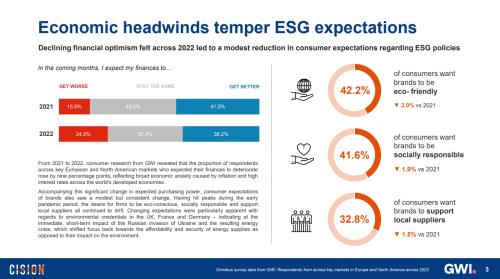NASDAQ trading freeze intensifies focus on automated trading
Just after a Goldman Sachs trading glitch again shone the spotlight on automated trading systems, another, bigger computer-related problem unsettled markets and froze large portions of trading.
NASDAQ, the second-largest market operating in the US, stopped trading for three hours after unspecified problems with an information processor that made it impossible to deliver stock quotes. The freeze affected many of the world’s biggest tech stocks, including Google and Facebook, as well as thousands of other stocks.
‘NASDAQ OMX became aware that price quotes were not being disseminated by the Securities Information Processor (SIP), which consolidates and disseminates all prices for the industry,’ NASDAQ said in a press release amid the freeze.
‘There was a connectivity issue between an exchange participant and the SIP, which led to degradation in the ability of the SIP to disseminate consolidated quotes and trades. The cause of the issue has been identified and addressed.’
Bloomberg News, citing an unidentified source with direct knowledge of the matter, reported that the connectivity between the data processing unit of NASDAQ and the NYSE Arca led to the trading freeze. The news agency added that SEC chairman Mary Jo White plans to call a meeting of market officials to discuss ways of increasing the reliability of trading systems.
Trading, which was frozen shortly after noon and resumed half an hour before the normal closing time, had little or no obvious impact on share prices, and four companies scheduled to release earnings statements did so after the market officially closed. NASDAQ OMX group shares, however, fell more than 3 percent.
The error comes in the same week as a trading glitch at Goldman Sachs that prompted the company to initiate a series of stock options trades at wildly distorted prices, costing the company as much as an estimated $100 mn in losses.
NYSE Euronext said the glitch, which came during a Goldman Sachs software upgrade, affected a ‘large number of trades’ in the first 17 minutes of the trading day. All of the transactions involved tickers that started with the letters H through L.










